Introduction to Asian Street Food Culture
Asian street food represents a rich tapestry of culinary traditions, offering an array of flavors, textures, and experiences that reflect the diverse cultures across the continent. From bustling markets in Thailand to night food stalls in Taiwan, street food is not merely a quick meal option; it embodies the social fabric and culinary heritage of each region. The vibrant atmosphere surrounding street food stalls invites both locals and tourists alike to indulge in a memorable dining experience under the open sky.
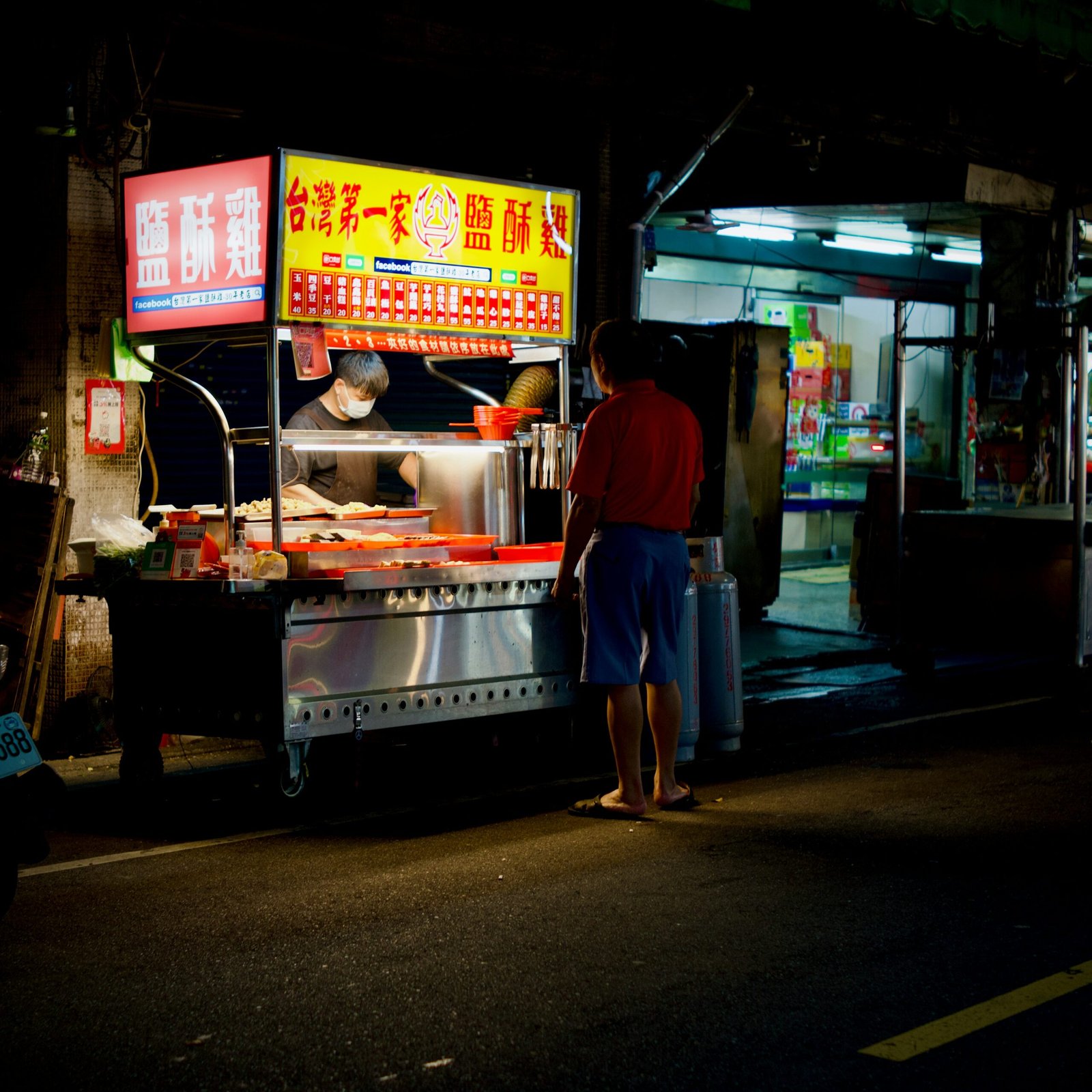
The significance of street food can be observed in various Asian cultures. In countries like India, street vendors provide affordable and delicious meals that cater to a wide range of tastes, often using age-old recipes passed down through generations. Meanwhile, in Vietnam, street food is a crucial part of daily life, with dishes such as pho and banh mi showcasing fresh herbs, unique spices, and local fare. This dynamic culinary scene not only nourishes the body but also fosters community gathering, as friends and families come together around shared meals.
Unique flavors and ingredients characterize Asian street food, often showcasing local produce and cooking techniques. Street food vendors creatively adapt traditional dishes, incorporating regional ingredients to reflect local taste preferences. For instance, the use of chili peppers, lemongrass, and coconut in Southeast Asian dishes creates an explosion of flavors that are both distinctive and memorable. The vibrant colors and aromas wafting from stalls evoke an irresistible allure, further enhancing the street food experience.
As this blog post explores the must-try street foods across Asia, readers will be immersed in the fascinating culinary adventure that lies ahead. Embrace the excitement of tasting exquisite dishes while being informed on how to relish each bite safely. In this way, the journey through Asian street food culture promises not only to be delicious but also insightful and culturally enriching.
Top 8 Street Foods You Can’t Miss
Asia is renowned for its vibrant street food culture, offering a plethora of flavors and culinary experiences that travelers cannot overlook. The following eight dishes exemplify the richness of Asian street food and should be sought out during any journey across the continent.
1. Pad Thai (Thailand) – This iconic stir-fried noodle dish is a staple in Thailand, originating from the 1930s. Pad Thai is made with rice noodles, eggs, tofu or shrimp, bean sprouts, and a flavorful tamarind sauce. Its balance of sweet, sour, and salty flavors makes it a beloved choice among locals and visitors alike.
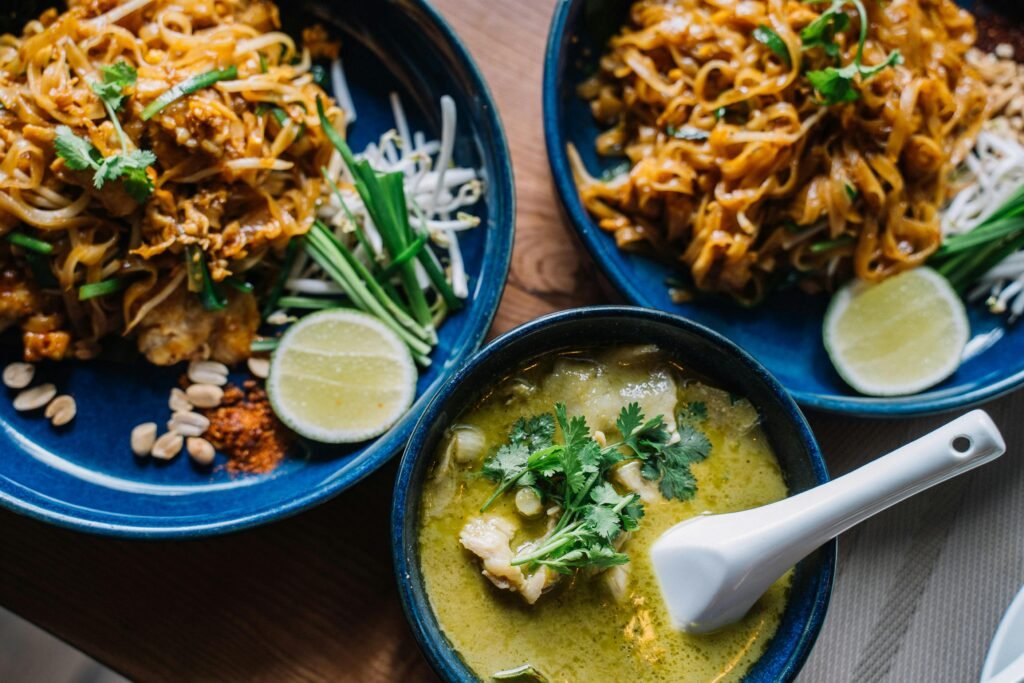
2. Banh Mi (Vietnam) – Combining French and Vietnamese culinary traditions, Banh Mi is a delicious sandwich that consists of a baguette filled with a variety of ingredients such as meats, pickled vegetables, and fresh herbs. Originating from colonial influences, this sandwich now embodies Vietnamese street food at its finest.
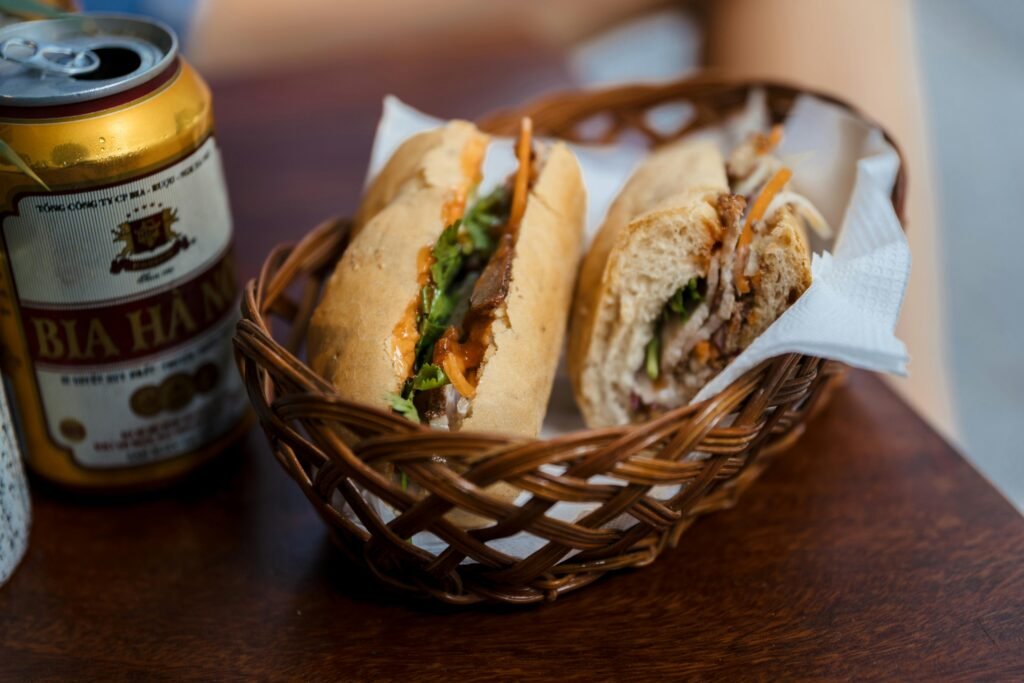
3. Satay (Indonesia and Malaysia) – Satay refers to skewered and grilled meat served with peanut sauce. This dish has its historical roots in Java, Indonesia. It is widely enjoyed across the region thanks to its smoky flavor and the accompanying sweet and savory dipping sauce that elevates the overall experience.
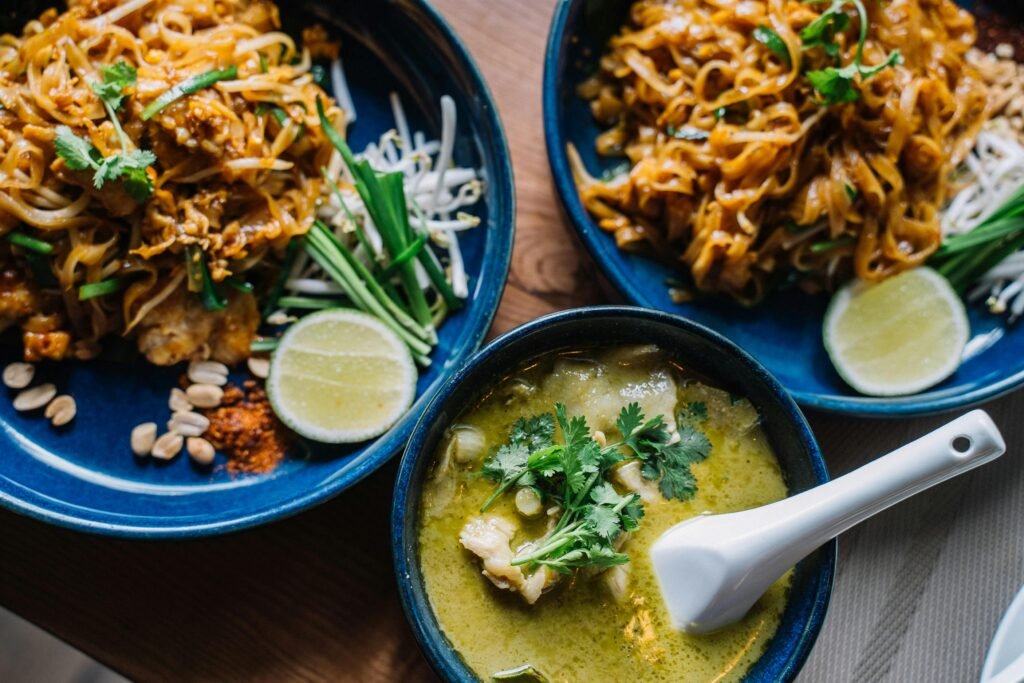
4. Vada Pav (India) – Often referred to as Mumbai’s beloved burger, Vada Pav consists of a spicy potato filling sandwiched between soft bread. With its origins in the street stalls of Mumbai, this dish has become a symbol of Indian fast food, loved for its spicy and hearty flavor.
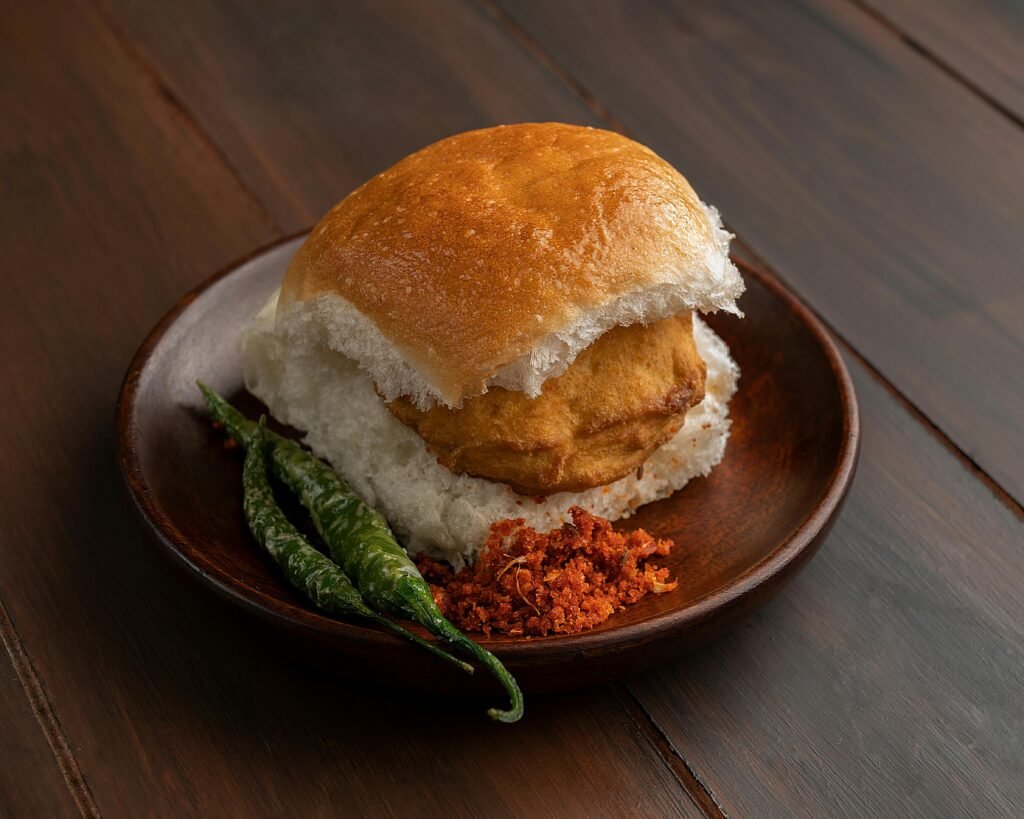
5. Takoyaki (Japan) – Originating from Osaka, Takoyaki are savory grilled balls made with a batter filled with diced octopus, tempura scraps, and green onions. Drizzled with takoyaki sauce and topped with bonito flakes, this snack is a must-try for food enthusiasts visiting Japan.
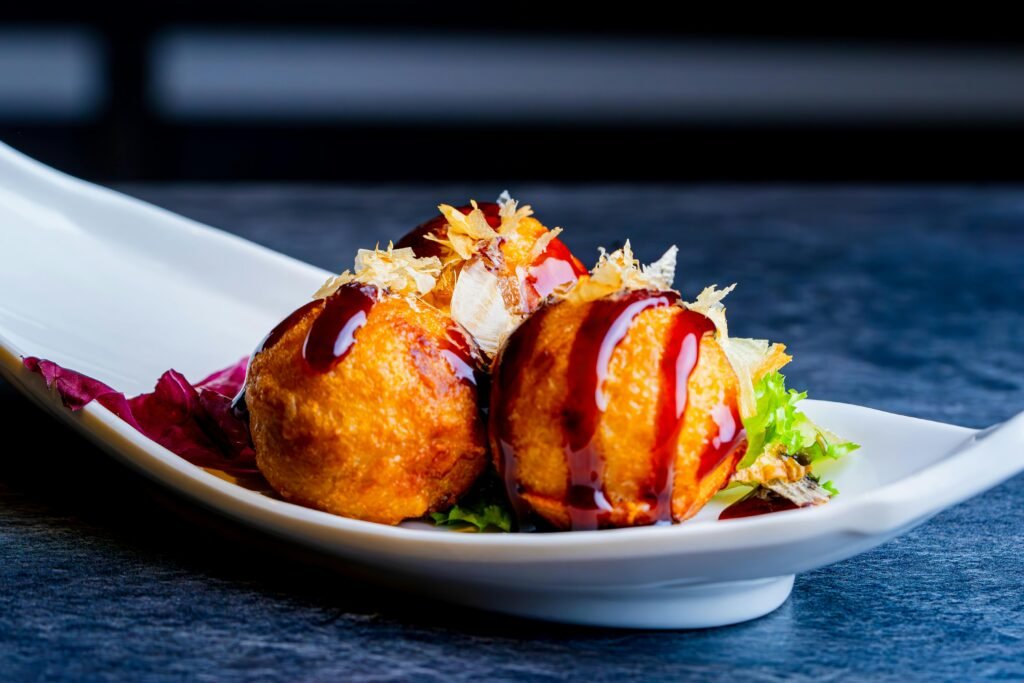
6. Kebab (Middle Eastern influence across Asia) – With its roots in Middle Eastern cuisine, Kebab has found its way to many Asian countries. Skewered and grilled meat is often served with rice, pita, or salad. The different marinades and methods of preparation reflect the diverse culinary traditions of the region.

7. Kimchi Stew (South Korea) – While often enjoyed as a home-cooked dish, many street vendors serve this delectable stew, which contains fermented kimchi, tofu, and various proteins. It is warming and packed with flavor, making it a comforting option for travelers.
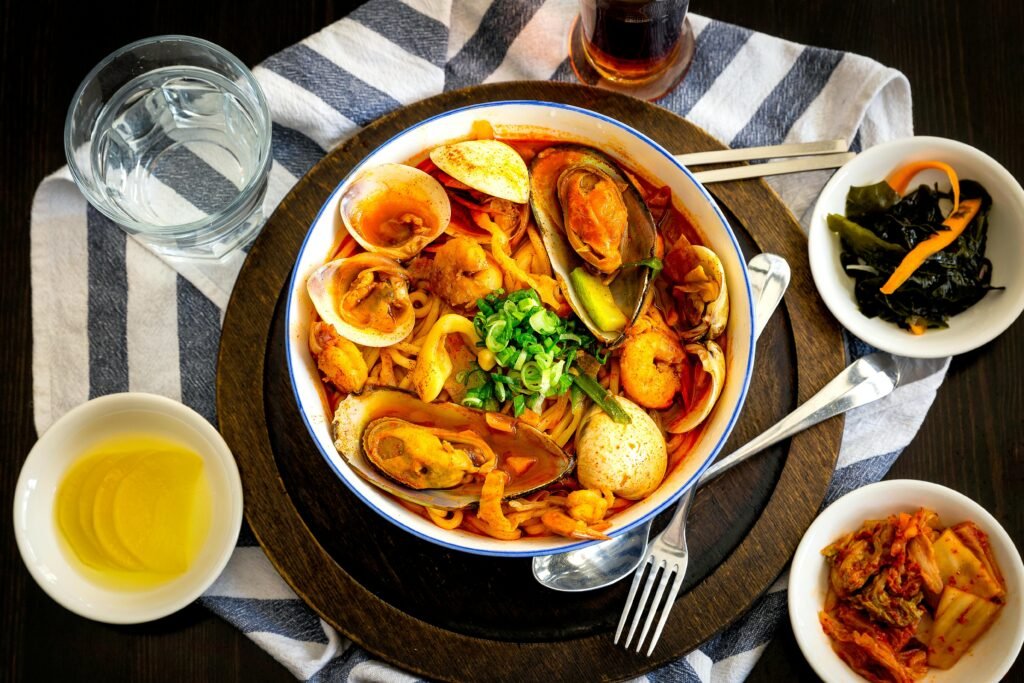
8. Samosa (India and Pakistan) – This popular snack, characterized by its triangular shape, is filled with spiced potatoes, peas, or meat, and deep-fried to crispy perfection. Samosas, often served with tamarind or mint chutney, are a quintessential part of street food culture in South Asia.
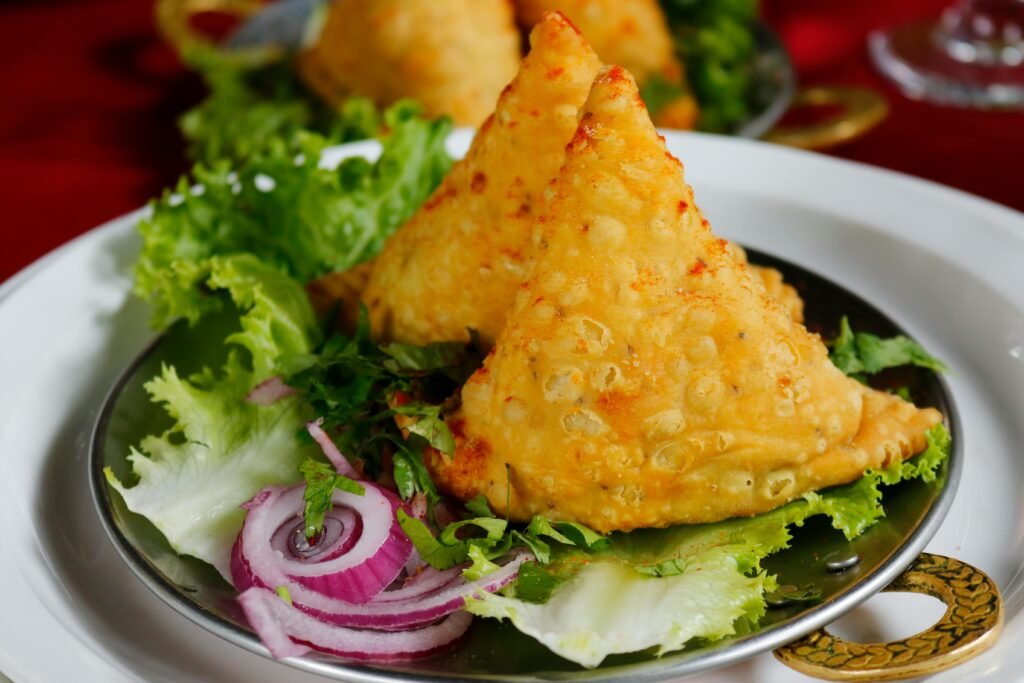
These eight street foods not only highlight the diversity and culinary richness across Asia but also offer an authentic glimpse into the culture of the region. Each dish tells a story of its origin, key ingredients, and the love that goes into creating these delightful flavors that are waiting to be explored by every traveler.
The Best Countries to Experience Street Food
When it comes to street food, Asia stands out as a vibrant hub of culinary delights, offering an array of unique flavors and textures found nowhere else. For food enthusiasts seeking memorable experiences, several countries are particularly renowned for their street food scenes, each boasting its own distinctive specialties.
Thailand is often regarded as a street food paradise, with its bustling markets and hawker stalls serving an impressive assortment of dishes. Notable items include Pad Thai, Som Tum (papaya salad), and various types of satay. Visitors can easily find these delicacies on almost every corner, particularly in cities like Bangkok or Chiang Mai, where nighttime food markets come alive. It is advisable to choose stalls with high turnover to ensure freshness and hygiene.
Malaysia presents yet another fantastic opportunity for street food adventurers, with a multicultural tapestry of culinary offerings. Popular dishes such as Nasi Lemak, Char Kway Teow, and Roti Canai reflect the country’s diverse heritage. The night markets in Kuala Lumpur and Penang are particularly popular, showcasing a wide variety of snacks and mains. Travelers should remain mindful, taking care to observe food preparation practices to minimize risk.
In India, the street food scene is as diverse as its culture, with every region showcasing its own specialties. Iconic foods like Pani Puri, Vada Pav, and Chaat can be found in busy markets throughout cities like Mumbai and Delhi. While indulging in these flavorful treats, it is critical to drink bottled water and avoid raw fruits and vegetables that may have been washed in contaminated water.
Vietnam’s street food offerings delight the senses with dishes like Pho and Banh Mi, which can be found in small eateries or at food stalls across the cities of Hanoi and Ho Chi Minh City. Street food vendors often prepare these dishes fresh to order, offering a thrilling experience for those looking to explore local cuisine. Maintaining awareness of cleanliness in food preparation will enhance the enjoyment of these local favorites.
Lastly, Indonesia is known for its street food variety, with kiosks offering tasty dishes such as Nasi Goreng and Satay. In cities like Jakarta and Yogyakarta, street food markets provide a lively atmosphere where visitors can savor unique flavors. Opting for popular stalls with long lines can be a good strategy to ensure quality and safety.
In summary, exploring street food in these countries allows travelers to sample flavors that define local culinary traditions. When done wisely, experiencing the street food culture can be a highlights of any trip to Asia. Taking necessary precautions regarding food safety will ensure a safe and enjoyable gastronomic adventure.
How to Choose Safe Street Food
When it comes to indulging in the vibrant world of street food in Asia, selecting safe and hygienic options is paramount for a pleasant culinary experience. One of the first indicators of food safety is to choose busy stalls. A high volume of customers often suggests that the food is not only fresh but also popular, which means that it is likely to adhere to local hygiene standards.
Checking for food freshness is another essential step. Observing the preparation process can provide valuable insights; freshly cooked dishes are more likely to be safe. Look for vendors who cook food on demand, as this minimizes the risk of bacterial growth associated with pre-cooked items. Additionally, be alert for stalls that display their food items in a clean and organized manner. Unsanitary conditions, such as overflowing rubbish bins or unkempt cooking areas, can heighten the risk of foodborne illnesses.
Understanding local hygiene practices can also be beneficial. In many Asian cultures, vendors may take specific precautions to ensure food safety, such as using gloves while preparing food or regularly changing utensils. Observing these practices can serve as a helpful gauge of the vendor’s commitment to hygiene. Furthermore, it may be worthwhile to look for vendors who have matting or surfaces that can be easily cleaned, as this is indicative of a hygienic food preparation environment.
Finally, it’s advisable to be aware of the types of foods commonly associated with health risks, such as raw seafood or unrefrigerated dairy products. By staying mindful of these factors and opting for well-cooked dishes that are served hot, you can enjoy the delicious variety of street food in Asia with greater confidence and reduced concern over foodborne ailments.
Common Street Food Illnesses and How to Avoid Them
Street food is an integral part of the vibrant culinary culture across Asia, offering an array of delectable options ranging from skewered meats to spicy noodles. However, indulging in these tempting treats can sometimes lead to health issues, primarily due to improper food handling and hygiene practices. One of the most common illnesses associated with street food consumption is food poisoning, which can manifest through symptoms such as nausea, vomiting, abdominal cramps, and diarrhea. Understanding these symptoms is essential for enjoying street food safely.
Food poisoning typically arises from consuming contaminated food, often caused by bacteria such as Salmonella or E. coli. Another concern is foodborne illness, which can occur from eating street food that has not been stored at the correct temperatures or prepared in unsanitary conditions. Beyond food poisoning, individuals may also experience general stomach discomfort as a result of unfamiliar spices or oily cooking methods, leading to digestive upset.
To minimize the risk of illness while enjoying street food, several precautions can be employed. Firstly, it is advisable to choose vendors that prioritize cleanliness; observe their cooking practices and ensure that the food is prepared fresh and piping hot. Always pay attention to where and how food is stored, as sanitary conditions can greatly influence food safety. Furthermore, opting for popular stalls with a high turnover can be a good indicator that the food is both fresh and well-liked by locals.
Hydration also plays a crucial role in overall well-being when sampling street food; drinking bottled water or beverages from sealed containers can further reduce the risk of gastroenteritis and other waterborne illnesses. By staying informed and adopting prudent practices, food lovers can delight in the diverse offerings of Asian street food without compromising their health.
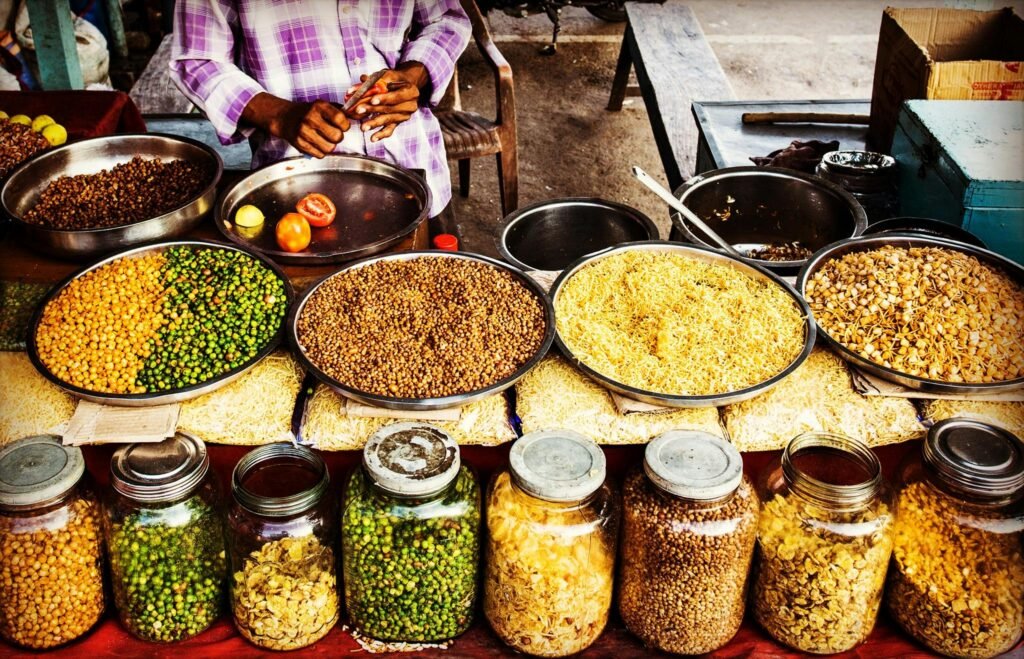
Embarking on a Street Food Adventure – Tips for First-Timers
Embarking on a street food adventure is a thrilling experience, especially for those new to this culinary landscape. To make the most out of your explorations, it is essential to approach vendors with an open mind while being mindful of your gastronomic safety. Firstly, consider observing the vendor’s approach to cleanliness and food handling before making a purchase. Look for stalls that attract a larger crowd, as high customer turnover typically indicates fresh food and popular items.
Communication is key when navigating street food stalls. If you have dietary restrictions or preferences, do not hesitate to communicate these directly with the vendor. Most street food sellers are accustomed to accommodating different dietary needs, whether you are vegetarian, vegan, or have specific allergies. Understanding local vocabulary or using translation apps can be beneficial for clearly expressing your needs.
As a novice, portion control is vital. Street food is designed for quick bites, allowing you to sample various dishes without feeling overwhelmed. Consider opting for smaller portions or sharing items with fellow travelers to experience a wider array of flavors. This approach not only enhances your taste adventure, but it also helps prevent overindulgence. It’s advisable to be mindful of what you eat and pace yourself to avoid gastrointestinal discomfort, which can sometimes accompany street food adventures.
Ultimately, trying street food should be an enjoyable experience filled with exploration and new flavors. By being cautious yet adventurous, you can savor the diverse street food offerings that Asia has to offer. Embrace the adventure and allow your taste buds to guide you through this vibrant culinary journey.
Street Food Etiquette Around Asia
Engaging with street food in Asia is not just about satisfying one’s hunger; it is also an experience steeped in culture and social interaction. The etiquette surrounding street food varies significantly across different regions, reflecting local customs and societal norms that enhance the overall experience.
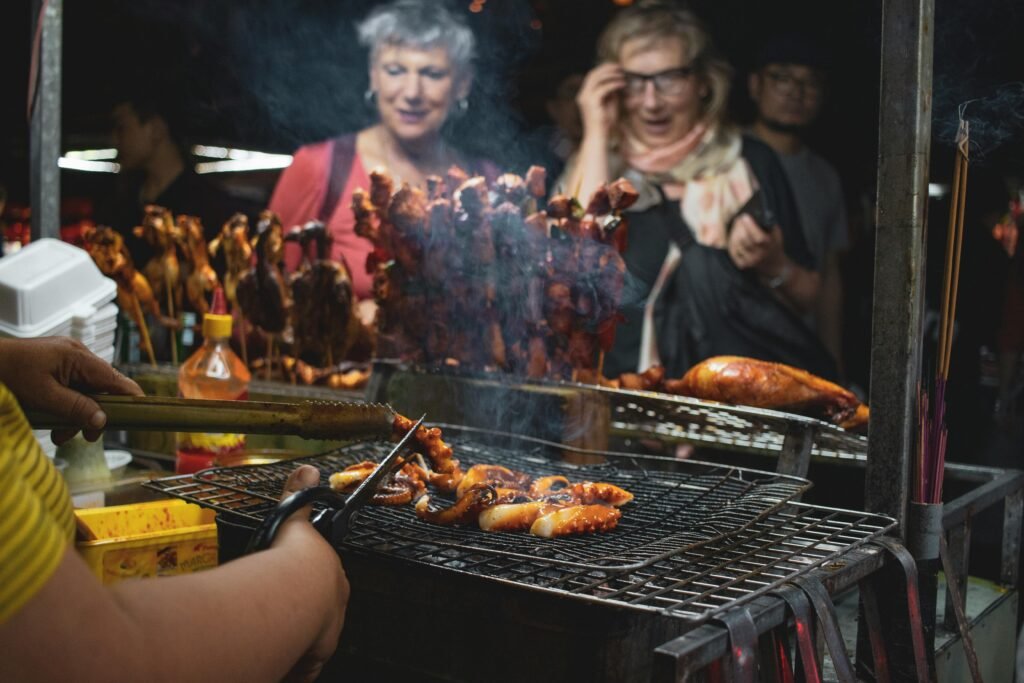
In many Asian countries, greeting the vendor with a friendly smile or a polite nod can go a long way in fostering a positive interaction. Vendors often take pride in their food, and showing appreciation can create a welcoming atmosphere. In places like Thailand and Vietnam, asking questions about the food can demonstrate respect and curiosity, creating a connection between you and the vendor. However, it’s essential to remain patient and respectful, especially during busy hours when vendors may be preoccupied with multiple customers.
Sharing food is a common practice in certain cultures, especially in communal dining settings. In China, for example, it is customary to share dishes rather than ordering individually, promoting a sense of togetherness. Utilizing chopsticks or serving spoons to take food instead of directly from common plates is considered polite, protecting communal hygiene and showing consideration for others.
Tipping practices differ across Asia; in some places, it is an appreciated gesture, while in others, it might not be expected. In countries like Japan, leaving a tip can be seen as an insult to the vendor’s service. Conversely, in countries such as the Philippines or India, rounding up the bill or offering small change is often encouraged. Understanding these varying practices can greatly improve your street food experience and contribute to a more authentic cultural exchange.
Respecting local customs and behaviors while enjoying street food ensures a more enriching experience, allowing visitors to embrace the culinary diversity of Asia fully. Awareness of these etiquettes not only enhances personal enjoyment but also fosters goodwill between tourists and local vendors.
Street Food Festivals and Events to Explore
Asia offers a vibrant array of street food festivals that celebrate the region’s diverse culinary landscape. These events present an opportunity not only to sample a variety of dishes but also to immerse oneself in the local culture. One of the most notable festivals is the Bangkok Street Food Festival, held annually in Thailand. Typically taking place in the cooler months, this festival transforms parts of the city into a bustling food haven, showcasing everything from Pad Thai to exquisite Thai desserts. Visitors can enjoy cooking demonstrations and engage with local chefs, offering a uniquely authentic experience.
In Malaysia, the Penang Street Food Festival stands out for its rich heritage and history. Usually held in August, this festival highlights Penang’s renowned hawker cuisine. Participants can relive the flavors of the region, sampling iconic dishes such as Char Kway Teow and Nasi Kandar. Additionally, the festival often features live music and cultural performances, providing an engaging atmosphere for food lovers.
Moving to Japan, the Osaka Street Food Festival is another essential visit for culinary enthusiasts. Scheduled for the spring and autumn months, this festival in the heart of Osaka showcases street staples like Takoyaki and Okonomiyaki. Dedicating several outdoor spaces to food vendors, the event encompasses various local specialties and encourages visitors to explore the vibrant street culture of the city.
For those in the Philippines, the Manila Street Food Festival is a great starting point to experience the country’s flavors. This festival takes place each December, featuring delicious local treats like Balut and Fish Balls. Emphasizing sustainability, it also aims to preserve traditional food practices while educating patrons on local cuisine. Travelers should consider including these thrilling events in their itineraries to fully appreciate the unique culinary offerings that await them in Asia.
Conclusion – Embracing the Street Food Experience
Exploring street food in Asia offers an unparalleled opportunity to engage with local cultures and culinary traditions. Each dish tells a story, shaped by the region’s history, geography, and ingredients. The vibrant stalls and bustling markets present a unique atmosphere, inviting travelers to indulge in delightful flavors that are often not available in more formal dining settings. This immersive experience fosters deeper connections with the local community and enhances one’s understanding of the destination.
Travelers should prioritize trying these authentic dishes, as they reveal much about the people’s way of life. From the spicy curries of Thailand to the savory dumplings of China, these iconic street foods are integral to the Asian culinary landscape. While it is essential to approach street food with considerations for health and safety, many vendors take pride in their offerings and maintain high standards of hygiene. By observing the busy crowds and ensuring fresh ingredients are used, visitors can confidently savor these treats while minimizing the risk of illness.
Ultimately, the joy of street food lies not only in its taste but also in the shared experience it fosters among adventurous eaters. We encourage readers to seize opportunities for culinary exploration, embrace new flavors, and immerse themselves in the culture of the regions they visit. Sharing stories of memorable food encounters can help create a vibrant community of food enthusiasts, fostering connections that transcend geographical boundaries. Now, set out on your journey, and let the delightful world of Asian street food surprise you with its myriad of flavors and experiences.



